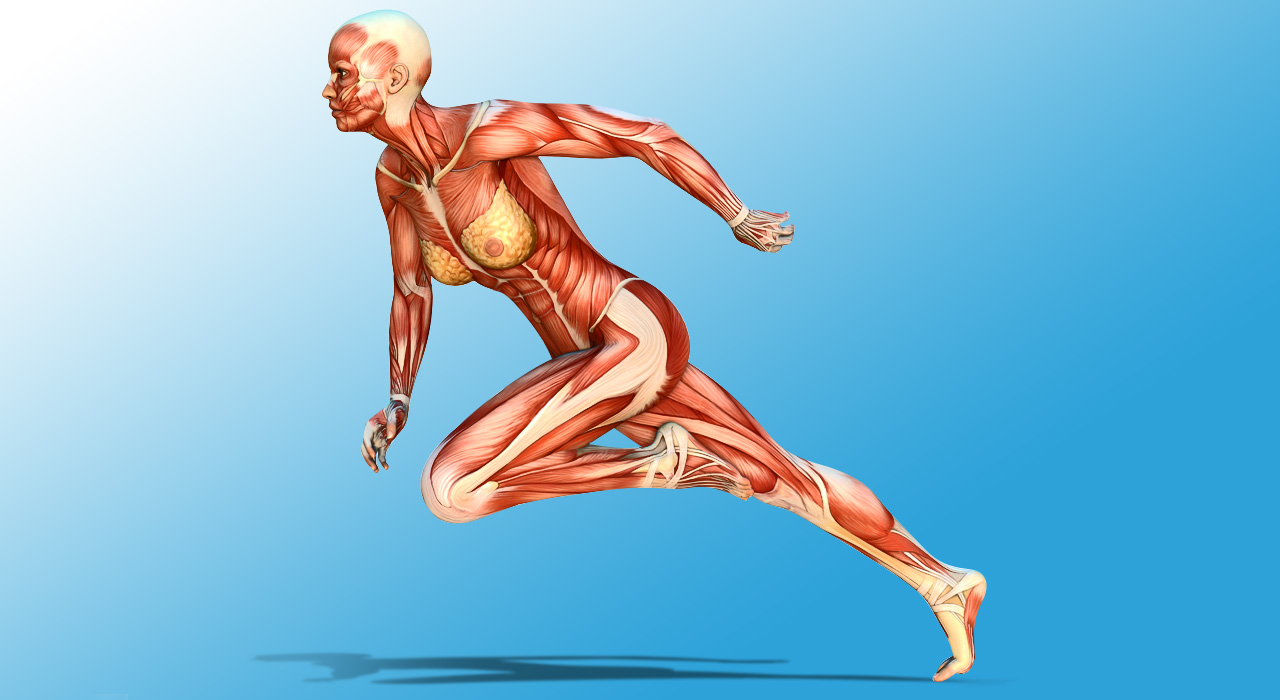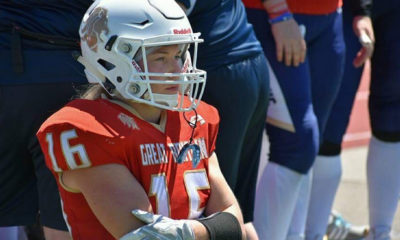Health
What Are Fast Twitch And Slow Twitch Muscle Fibers?
You might have noticed the difference in appearance between a long distance runner and a football player’s muscles. Not only do their training styles vary, but the appearance in their muscles differ because of the type of muscle fibers that dominates in those individuals.
What are the different types? Well, your muscle contains two types of muscle fibers: slow-twitch and fast-twitch. So, can you target specific muscle fibers to enhance your physique or athletic performance? You definitely can.
Understanding how and adjusting your training can change the composition of your muscle fibers to some extent, but the rest will be determined by your genetic makeup.

Slow-twitch
Slow-twitch muscles fibers are known as “Type I” muscle fibers. If you excel at endurance activities, then most likely, you are slow-twitch dominate. These muscle fibers generate less overall power but will be able to sustain activity longer.
They have a low activation threshold, meaning they’re going to be the first fibers recruited when a muscle contracts. But if they can’t generate enough force that is necessary for the activity, fast-twitch muscle fibers will then be engaged.
Inside these muscle fibers are mitochondria which use oxygen to help create adenosine triphosphate (ATP), a chemical that fuels muscle contractions and is considered aerobic. Doing specified endurance training can help increase mitochondrial density which will improve how the body uses oxygen to produce ATP, improving overall performance.
Isometric contractions with little-to-no joint movement is another great way to target this muscle fiber group. If you chose to use resistance training with higher rep ranges, 15 reps or more with a slower tempo is ideal. You’ll also want to use shorter rest periods between sets, utilize supersets, circuit training, and high rep bodyweight exercises to challenge these fibers to use aerobic metabolism throughout your workout.

Fast-twitch
Fast-twitch muscle fibers are known as “Type II” and are responsible for the size and definition of a particular muscle. They can be classified into two categories, fast-twitch type IIa and fast-twitch type IIb.
Fast-twitch IIa uses oxygen to convert glycogen to ATP and yields more endurance but produces slightly less strength. Fast-twitch type IIb creates the most strength and yields less endurance as it relies on ATP that has already been stored in the muscle cell to generate energy. These muscle fibers will help power you through activities involving quick bursts of speed, power, and strength.
In order to target these muscle fibers, you’ll need to include more strength and power training into your routine. This will help increase the number of fast-twitch muscle fibers recruited during that activity. Incorporating things like plyometrics, high-intensity exercises, Olympic lifts, along with lifting as heavy as you can and as fast as you can.
They also respond best to high-reps and sets with slow eccentric movements. They will deplete quickly though, so make sure to give your body proper rest between sets, at least 60-90 seconds.
Want to learn more? Sign up to the TRAIN for HER newsletter for weekly emails sent straight to your inbox.






















